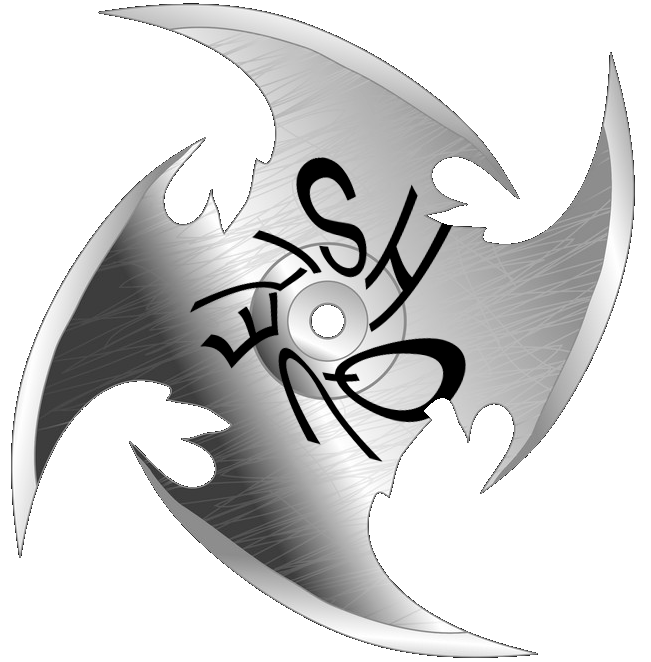Kaugummi im Motherboard
"Chewing Gum in the Motherboard" encapsulates the essence of contemporary digital culture, serving as a sanctuary for self-expression and cyber-feminism. This curatorial initiative resonates with the transformative potential of Virtual Reality art created by introverted individuals, merging digital art, gaming culture, and post-internet aesthetics.
Just as introverted individuals use VR as a personal space for introspection and creativity, this exhibition invites visitors to engage with a curated digital realm that reflects the spirit and visual language of Generation Z. It offers a canvas where artists and visitors alike can remix, reinterpret, and contribute to the ongoing narrative of our digital age.
Berlin's rebellious spirit and commitment to digitalization mirror the introspective and innovative nature of VR art. Both challenge traditional boundaries, advocating for a reevaluation of our relationship with technology and its impact on identity, culture, and society.
By bridging philosophical discourse with the visual language of contemporary youth culture, "Chewing Gum in the Motherboard" empowers visitors to navigate the complexities of modern realities. It encourages active participation, inviting individuals to contribute to the evolving dialogue between art, technology, and identity in the digital era.
Contemporary artists and theorists like Nicolas Bourriaud and Hito Steyerl explore the postinternet condition and globalization's impact on art and culture. Bourriaud's "postproduction" concept emphasizes recycling and remixing existing media, suggesting artists see global culture as a versatile toolbox rather than a singular narrative. Steyerl extends this idea, linking postproduction to today's capitalist production methods. She believes artists can use these tools to challenge and critique societal norms and structures, reshaping our understanding of the world. In her essay "Too Much World," Steyerl describes the internet as an integrated environment, blending older media and structures into a fluid, ever-changing medium. This fluidity blurs traditional boundaries of identity, nation, and culture, creating what she calls "glitches and bruises"—markers of the digital era's contradictions and indeterminacies. Overall, these perspectives highlight the transformative power of digital technologies on art, culture, and society.
Introverted individuals often find solace in virtual reality (VR), using it as an escape from the overwhelming demands of the external world. In this digital sanctuary, they can freely explore and express themselves without the constraints of traditional social norms. Drawing from Bourriaud and Steyerl's concepts, these individuals may employ postproduction techniques to remix and reinterpret existing media, creating unique artworks that reflect their inner worlds.
For introverts, VR becomes a "fluid media space" where they can navigate between reality and illusion, crafting narratives that challenge conventional distinctions between the spiritual and the material, the human and the artificial. This artistic practice not only serves as a form of self-expression but also as a critique of the societal structures they seek refuge from.
Thus, the art created by introverted individuals in VR at home becomes a compelling intersection of personal introspection, digital escapism, and cultural commentary, resonating with broader discussions on the transformative impact of digital technologies on contemporary art and identity.
Just as introverted individuals use VR as a personal space for introspection and creativity, this exhibition invites visitors to engage with a curated digital realm that reflects the spirit and visual language of Generation Z. It offers a canvas where artists and visitors alike can remix, reinterpret, and contribute to the ongoing narrative of our digital age.
Berlin's rebellious spirit and commitment to digitalization mirror the introspective and innovative nature of VR art. Both challenge traditional boundaries, advocating for a reevaluation of our relationship with technology and its impact on identity, culture, and society.
By bridging philosophical discourse with the visual language of contemporary youth culture, "Chewing Gum in the Motherboard" empowers visitors to navigate the complexities of modern realities. It encourages active participation, inviting individuals to contribute to the evolving dialogue between art, technology, and identity in the digital era.
Contemporary artists and theorists like Nicolas Bourriaud and Hito Steyerl explore the postinternet condition and globalization's impact on art and culture. Bourriaud's "postproduction" concept emphasizes recycling and remixing existing media, suggesting artists see global culture as a versatile toolbox rather than a singular narrative. Steyerl extends this idea, linking postproduction to today's capitalist production methods. She believes artists can use these tools to challenge and critique societal norms and structures, reshaping our understanding of the world. In her essay "Too Much World," Steyerl describes the internet as an integrated environment, blending older media and structures into a fluid, ever-changing medium. This fluidity blurs traditional boundaries of identity, nation, and culture, creating what she calls "glitches and bruises"—markers of the digital era's contradictions and indeterminacies. Overall, these perspectives highlight the transformative power of digital technologies on art, culture, and society.
Introverted individuals often find solace in virtual reality (VR), using it as an escape from the overwhelming demands of the external world. In this digital sanctuary, they can freely explore and express themselves without the constraints of traditional social norms. Drawing from Bourriaud and Steyerl's concepts, these individuals may employ postproduction techniques to remix and reinterpret existing media, creating unique artworks that reflect their inner worlds.
For introverts, VR becomes a "fluid media space" where they can navigate between reality and illusion, crafting narratives that challenge conventional distinctions between the spiritual and the material, the human and the artificial. This artistic practice not only serves as a form of self-expression but also as a critique of the societal structures they seek refuge from.
Thus, the art created by introverted individuals in VR at home becomes a compelling intersection of personal introspection, digital escapism, and cultural commentary, resonating with broader discussions on the transformative impact of digital technologies on contemporary art and identity.











































